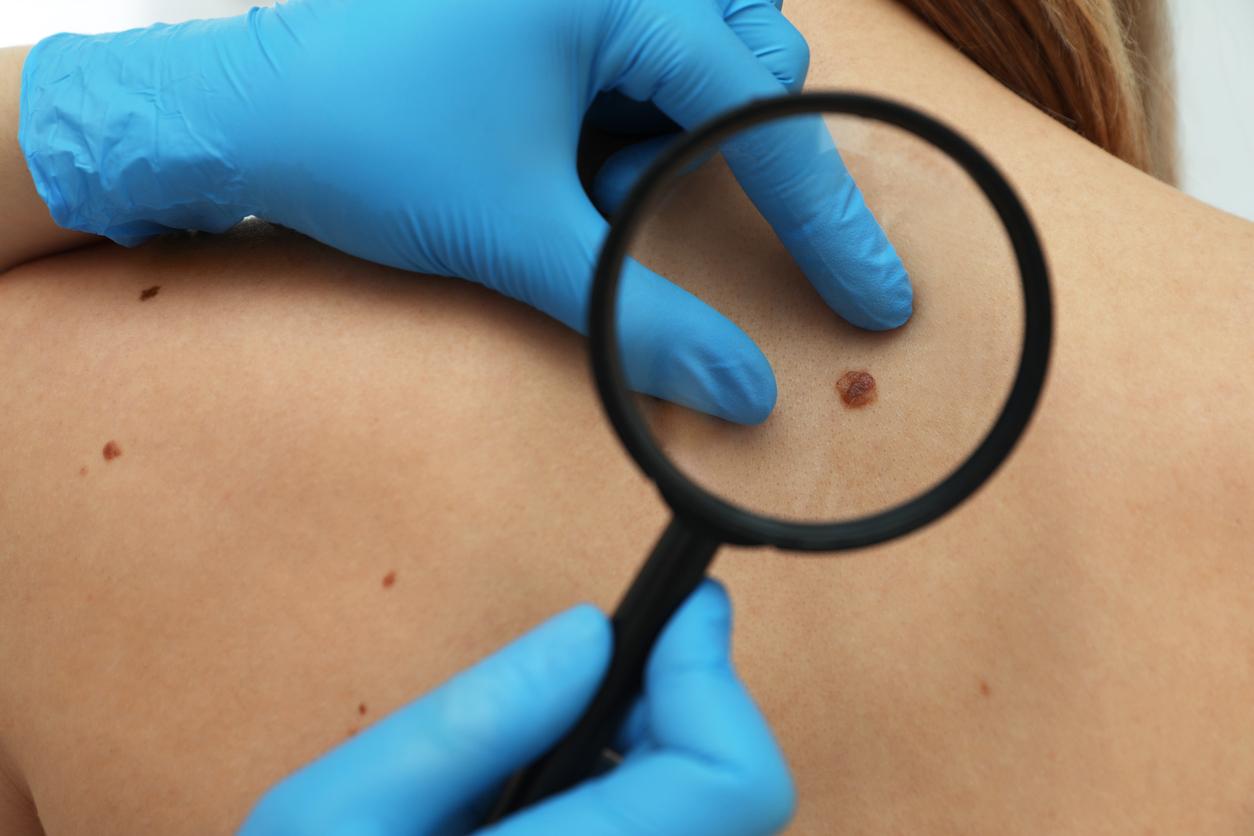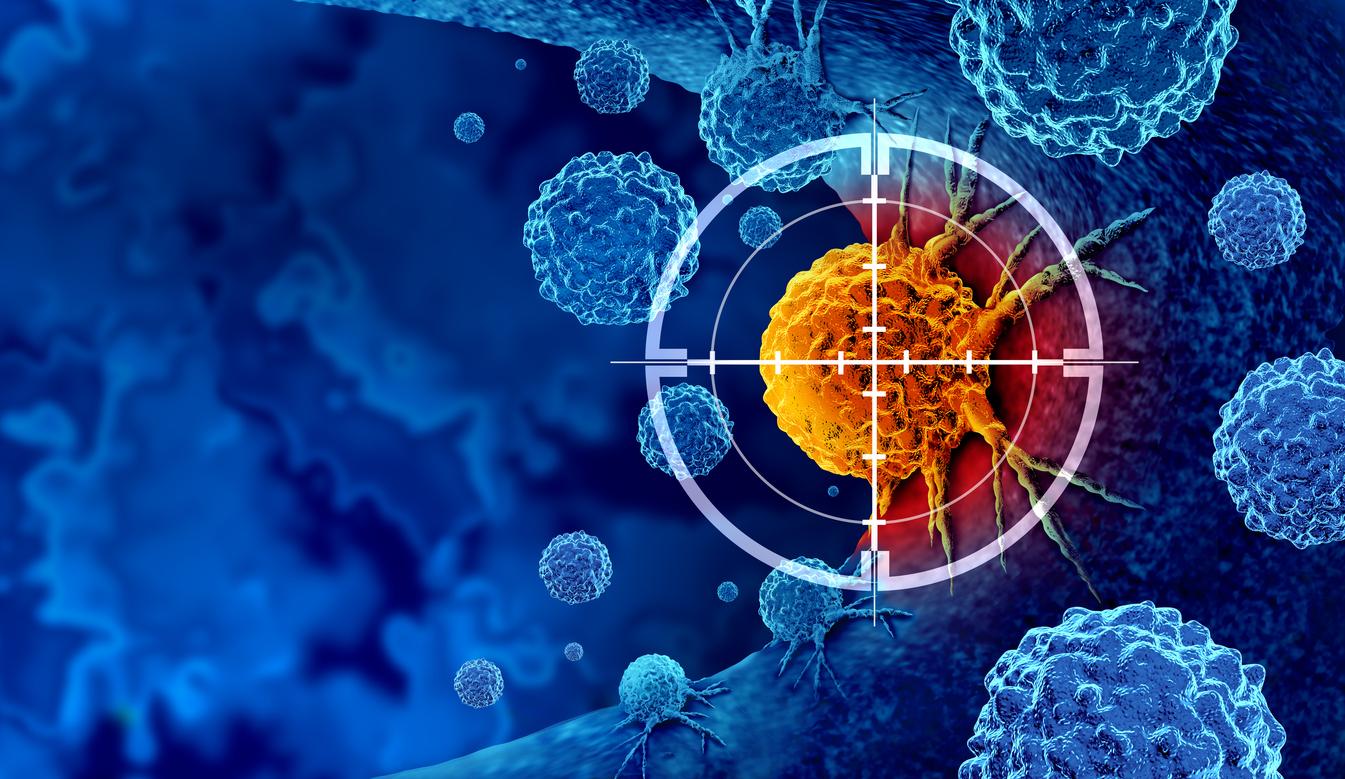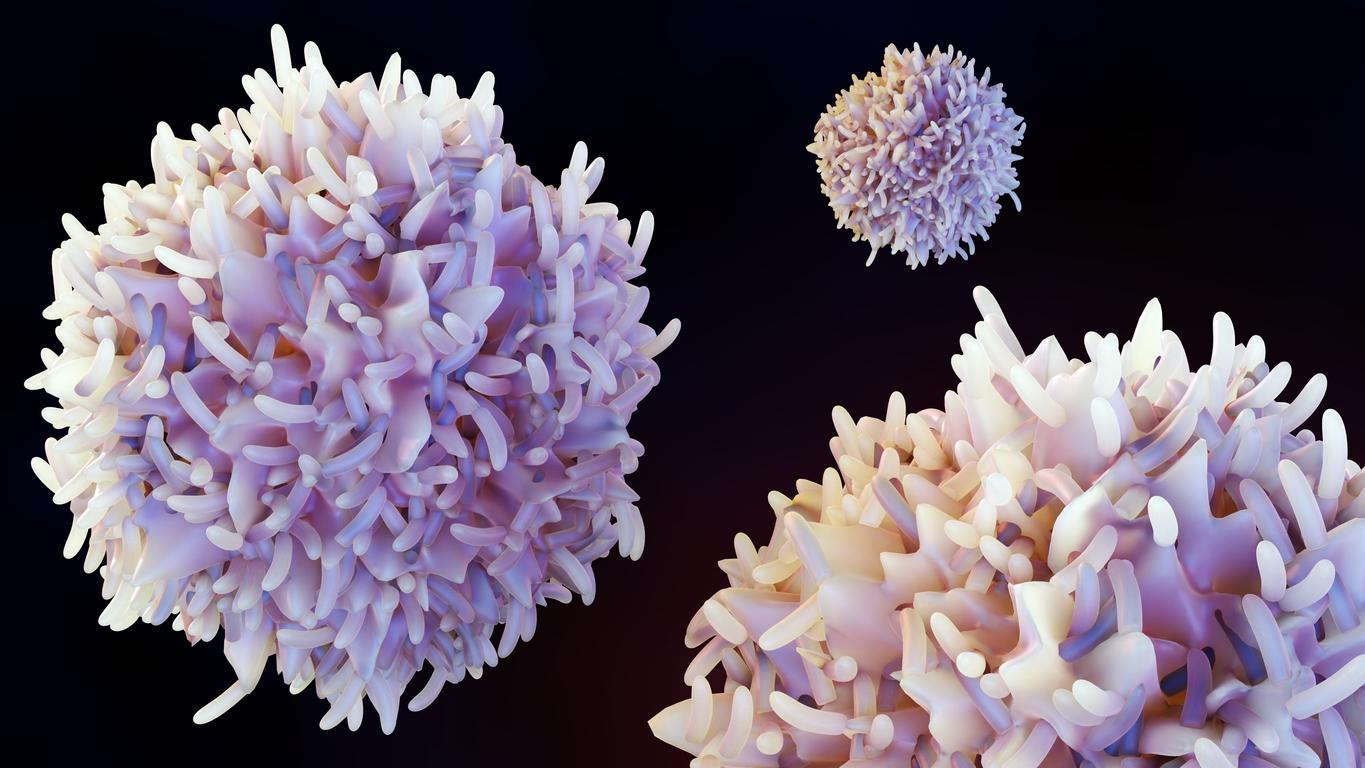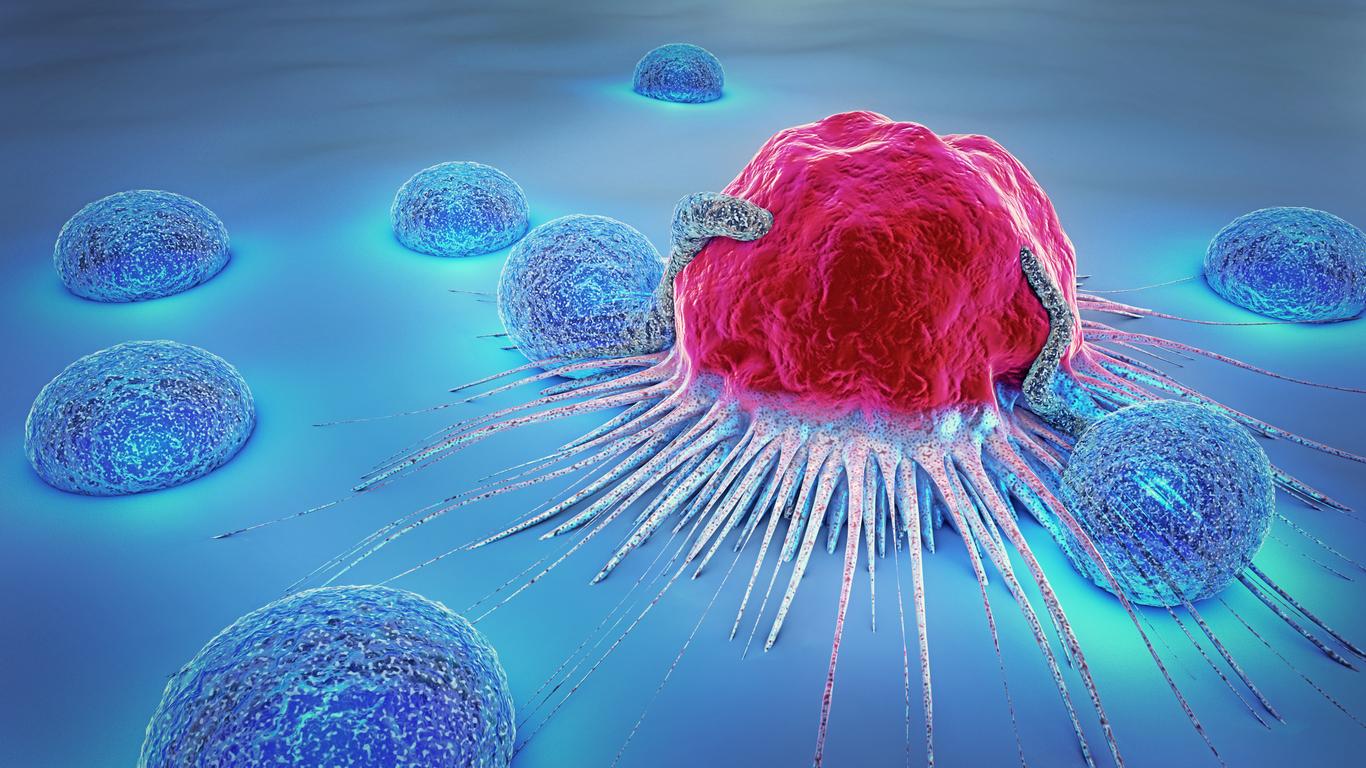US scientists have found a new way to boost the immune system’s ability to fight cutaneous melanoma, the deadliest skin cancer.
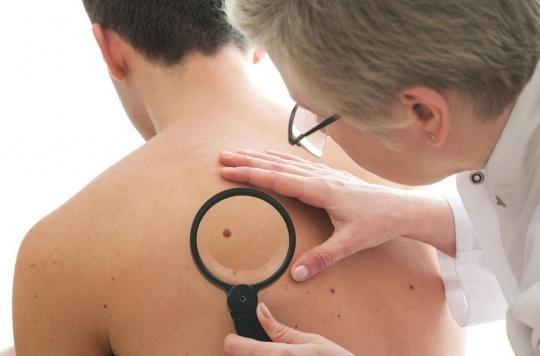
In skin cancers, melanoma is the rarest form (10%) but also the most serious. Unfortunately, its frequency has been constantly increasing for half a century. In certain patients, the development of anti-cancer immunotherapies, which exploits the power of an individual’s immune system to destroy tumours, has revolutionized treatment. Patients with advanced melanoma were able to survive for years instead of months. For this category of people, the treatment only works in 40% of cases.
Today, researchers have made a major breakthrough in the fight against melanoma. According to a study published in the journal NatureCommunicationsscientists from Sanford Burnham Prebys Medical Discovery Institute (California, USA) found a new way to boost the immune system’s ability to fight tumors.
Scientists have long known that Siah2 is involved in the processes used by tumors to grow. Here, scientists used mice genetically engineered not to produce the protein and introduced BRAF-mimicking melanoma, which occurs in half of human melanomas. They then noticed that in the absence of the Siah2 gene, the melanoma tumors shrank thanks to the anti-PD-1 therapy while in the mice carrying Siah2, they continued to grow.
“Finding a drug that blocks Siah2”
Going further, the scientists discovered that, in mice without Siah2, tumors were infiltrated by killer immune cells and lacked Treg cells, regulatory cells that limit the effectiveness of currently used immunotherapies. Thus, the immune system was more efficient in eliminating tumors.
“In our study, mice lacking the Siah2 gene were able to mount an immune attack against melanoma. Additionally, the efficacy of Siah2 in immunotherapy has been demonstrated for ‘cold’ tumors — those that do not respond to immunotherapy — that were effectively cleared by PD-1 blockade in Siah2 mutant mice.” explains Professor Ze’ev Ronai, lead author of the study.
“Although Siah2 is involved in the control of activities that govern cancer development, this study offers the first direct evidence of its role in the immune system, namely in anti-tumor immunity,” he says. . Ze’ev Ronai explains: “Our study shows that a PD-1 inhibitor can be used to treat tumors that currently do not respond to this therapy, when administered to mice lacking the Siah2 gene, thereby offering a way to extend the effectiveness of immunotherapy. These results also justify our efforts to find a drug that blocks Siah2.”
“Understanding the basic mechanisms of tumor immunity will ultimately help us improve the effectiveness of immunotherapy,” said Michael Rape, professor of cell and developmental biology at the University of California, Berkeley. . “This study reveals an important layer in the regulation of key immune cell components that impact the efficacy of cancer immunotherapy, highlighting the need to develop inhibitors for Tregs, in which a Siah2 inhibitor is promising.”
Melanoma can appear on healthy skin in 70 to 80% of cases
“Our discovery only fuels our sense of urgency to find a drug that inhibits Siah2. The use of an arsenal of new approaches should allow us to advance the targeting of Siah2 both in tumors and in their microenvironment”, conclude the researchers.
In mainland France, cutaneous melanoma accounts for nearly 4% of all cancers and 1.2% of cancer deaths. In 2017, 15,404 new cases were diagnosed (8,061 men and 7,343 women). In the same year, the disease caused 1,783 deaths (1,036 men and 747 women).
Melanoma can appear on healthy skin in 70 to 80% of cases, or result from the malignant transformation of a mole, hence the importance of having your suspicious moles screened regularly by a dermatologist, because diagnosed early on, a melanoma is treatable. If you are in doubt and are not getting an appointment quickly, you can always refer to the ABCDE rule (for Asymmetric, Edges, Color, Diameter and Evolution), a self-screening technique developed by the specialists. According to the latter, a spot or mole with one of the following characteristics may be suspicious: Asymmetry, Irregular edges, Uneven color, Increasing diameter, or Rapidly changing.

.









